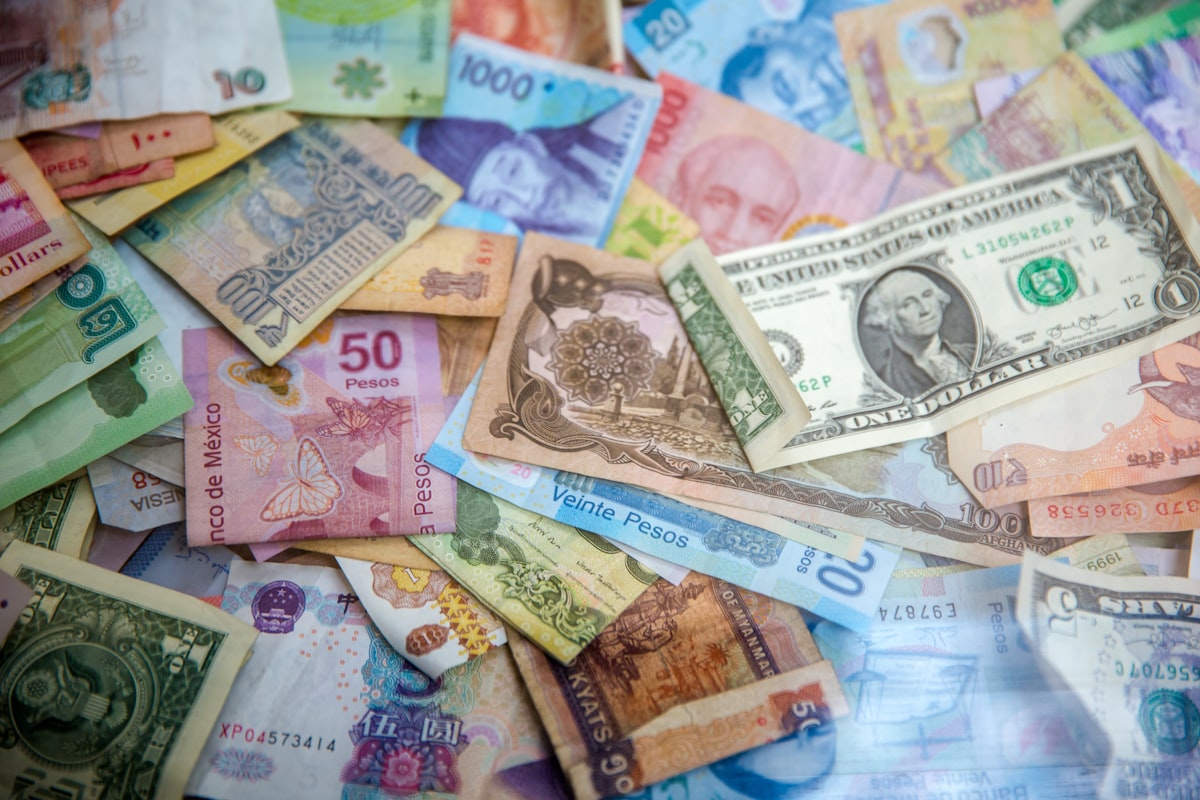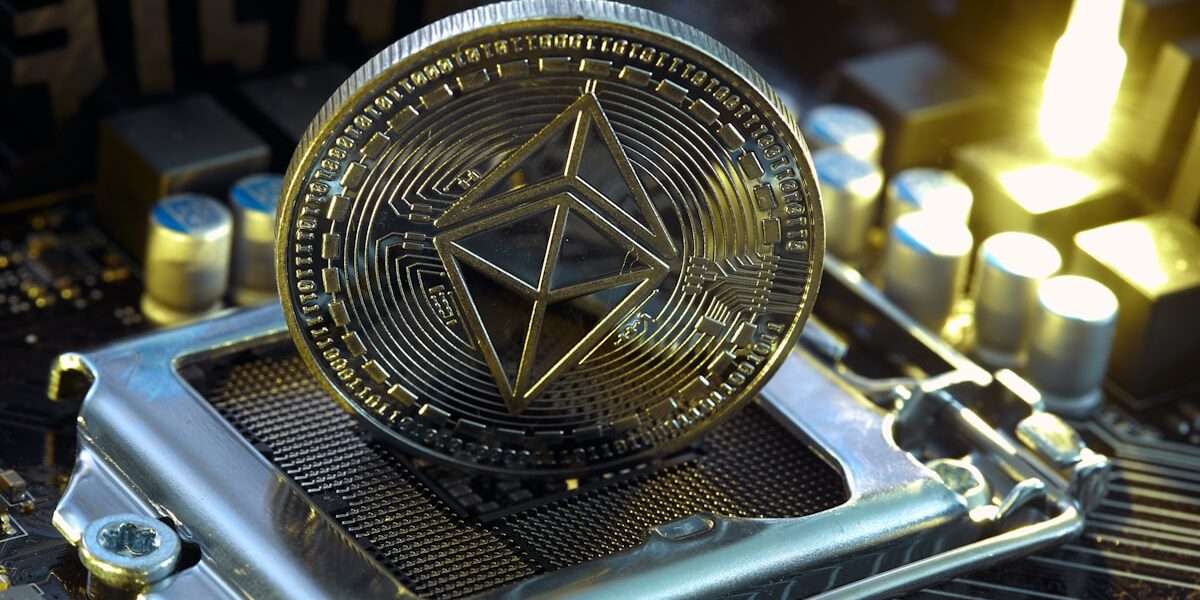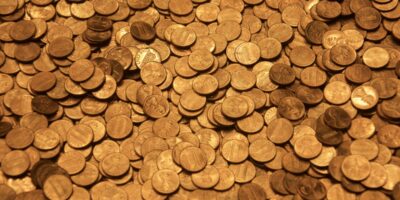Understanding the Value of Nickels
The value of a nickel is easy to understand when you break it down. In the United States, a nickel is worth five cents. It’s a small and common coin that’s often overlooked. However, there’s more to a nickel’s worth than its face value. To gain a deeper understanding of a nickel’s worth, we need to examine its history, composition, and collectible value.
History of the Nickel

Nickels have been around for a long time. The first five-cent coins were actually made of silver, known as half dimes. The Coinage Act of 1792 authorized their production. They were smaller and thinner than nickels we use today. It wasn’t until 1866 that the U.S. Mint produced nickels in their modern form. That year saw the introduction of the Shield nickel, a change driven by a need for the government to save silver. Copper and nickel, when combined, were cheaper.
The design changed frequently over the years. The Liberty Head or V nickel came in 1883. The iconic Buffalo nickel debuted in 1913. The Jefferson nickel, familiar today, was launched in 1938. Designs got updated but kept the same denomination.
Composition and Cost of Producing a Nickel
Nickels are made from a mixture of metal. They consist of 75% copper and 25% nickel. This alloy gives them their distinct silver appearance. The cost of these metals fluctuates, impacting the cost to manufacture the coin. Producing a nickel currently costs over five cents due to rising metal prices and manufacturing costs. This higher production cost is a topic of concern for the U.S. Mint and taxpayers.
Intrinsic Value
While the face value remains five cents, the intrinsic value may vary. The intrinsic value relates to the coin’s metal content. Due to the metals involved, the intrinsic value can sometimes exceed five cents. However, melting down coins for their metal content is illegal in the United States. Despite this, the debate continues about the economic sense of producing coins at a loss.
Collectible Value
Some nickels possess value far beyond their face value. Collectors often seek specific mintages and conditions. The value of a collectible nickel ranges greatly. Early and rare dates like the 1913 Liberty Head nickel have sold for millions at auction. Condition plays a critical role. Coins with higher grades command premium prices.
- 1913 Liberty Head Nickel: Only five known. One sold for over $3 million.
- 1918/7-D Buffalo Nickel: Overdate error. Extremely valuable.
- 1937-D 3-Legged Buffalo Nickel: Known for its mint error. Highly sought after.
Not every nickel is worth a fortune, but certain characteristics can increase a coin’s value. Errors in minting, unique historical context, and provenance all impact their worth.
Current Market Trends
The coin market fluctuates with economics and popular interest. Demand for collectible nickels rises and falls. The price of metals also affects the coin market. Despite fluctuations, classic coins like nickels often retain value due to historical significance and nostalgia.
Advancements in technology and the rise of digital currency influence how physical coins are perceived. Some predict that coins may become obsolete, but for now, they hold significant cultural and historical value. Collectors continue to value them for their rarity and beauty.
Importance in Numismatics
Nickels play a vital role in numismatics. They are a platform for studying coinage. They bridge historical economic transitions. Collectors learn about different eras through the changes in nickel production and design. These coins offer a window into past societies and their values.
Studying coins like nickels helps historians and economists understand the past. Each nickel has a story. From minting decisions to changes in materials, nickels reflect broader societal changes.
How to Determine Nickel Value
If you’re curious about the value of your nickels, consider several factors. Start by assessing the date and mint mark. Condition also plays a crucial role in valuation. Professional grading can provide an accurate assessment.
Next, research specific coin editions. Use reputable sources or consult a numismatic expert. Reference current price guides and recent auction sales. Consider the historical context and market trends. All these elements contribute to determining a nickel’s true value.
Nickels may seem insignificant, but they hold layers of value. Whether as part of U.S. currency or as collectible items, their worth extends beyond face value. Explore their history and intrinsic appeal. Nickels offer more than meets the eye.
Recommended Collecting Supplies
Coin Collection Book Holder Album – $9.99
312 pockets for coins of all sizes.
20x Magnifier Jewelry Loupe – $13.99
Essential tool for examining coins and stamps.
As an Amazon Associate, we earn from qualifying purchases.




Subscribe for Updates
Get the latest articles delivered to your inbox.
We respect your privacy. Unsubscribe anytime.